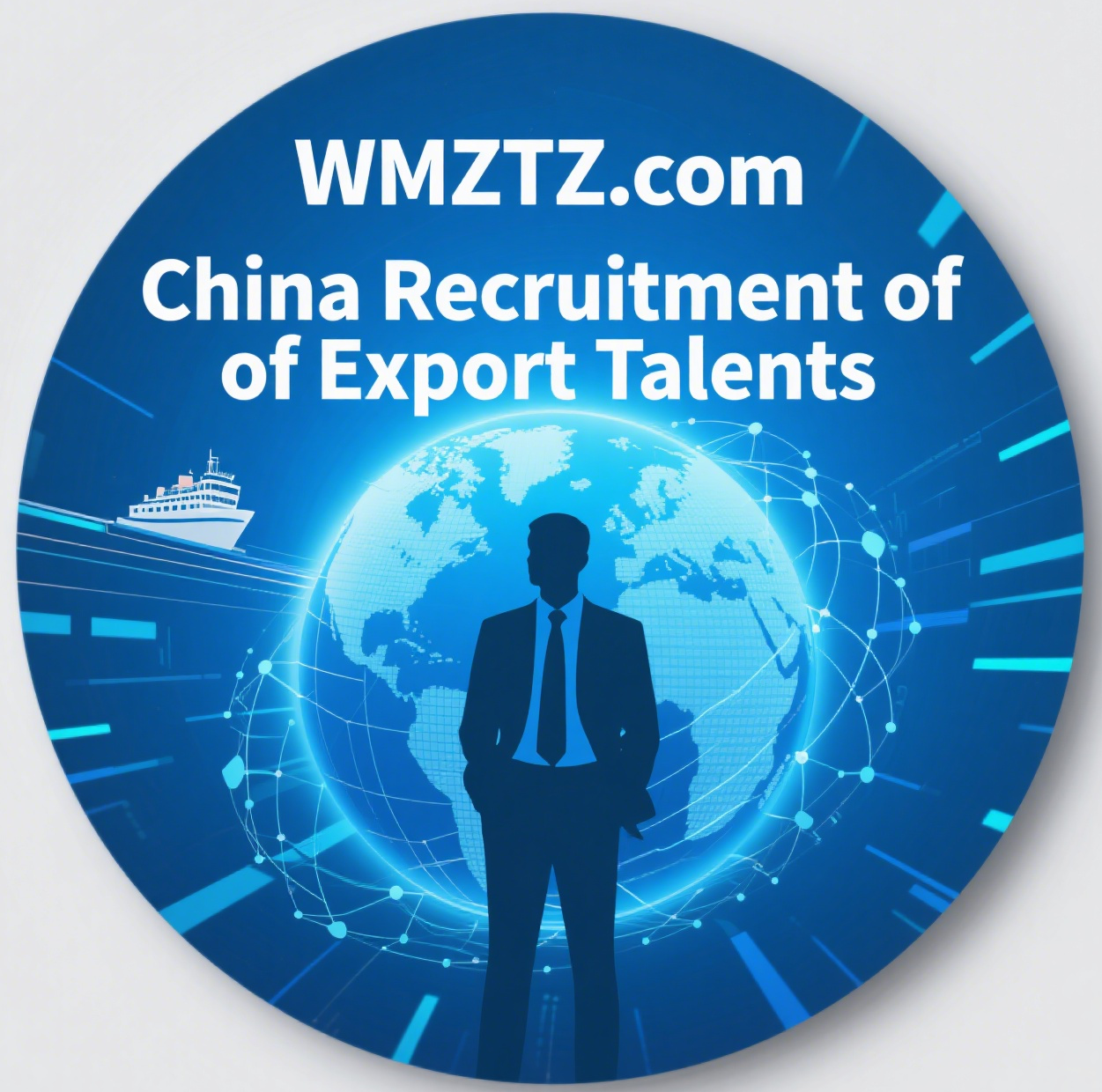How do Chinese logistics companies manage the high labor costs associated with last – mile delivery?
ajaschoenbergBegginer
How do Chinese logistics companies manage the high labor costs associated with last – mile delivery?
Share


1. Automation & Robotics Deployment
2. Smart Infrastructure Expansion
3. AI-Driven Operational Efficiency
4. Policy Support & Subsidies
5. Labor Productivity Enhancements
Key Cost-Saving Metrics
Challenges & Outlook